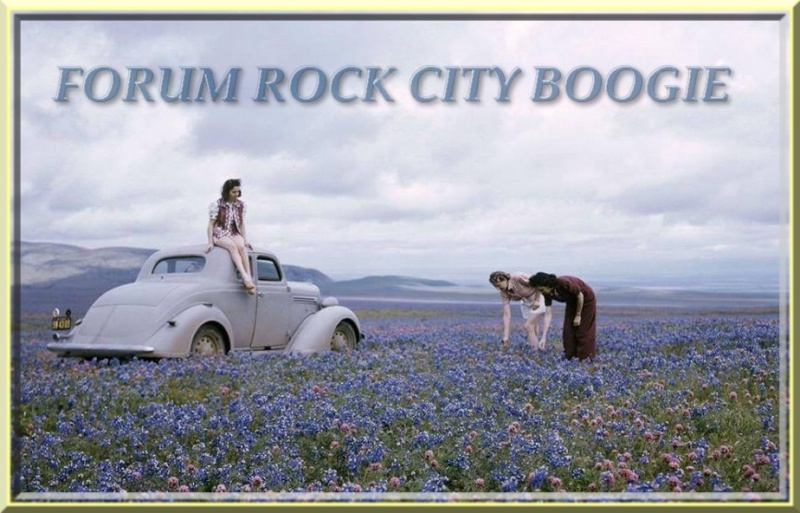Retro Rock Revisited - Eddie Cochran -
Livin’ fast and, well, you know the rest
TJ Kelly - Entertainment Editor
From the May 28 print edition
Updated: Today at 05:19 AM
This last summer review is going to be a little bit different. I’ve decided that I’m going to use my retro-rock powers to review a person and tell their tale a little, rather than just go through one of their albums.
Eddie Cochran is another sad soul from the history of rock ’n’ roll. He was a good-looking, rockabilly boy with an attitude and a performance style that drove the teenagers of the time crazy. He was a rockabilly pioneer, but like most iconic and cool rebel celebs he died young and left behind a story that doesn’t seem to be as well-remembered in mainstream music lore as his friend Buddy Holly’s.
Eddie Cochran began recording for American Music in Nashville in 1955 with a musician named Hank Cochran. Though they weren’t related, the pair performed as the Cochran Brothers. He started out playing a country style of music but eventually changed from hillbilly to rockabilly, emerging as a well-known performer around 1957 alongside the likes of Jerry Lee Lewis, The Everly Brothers and Buddy Holly.
His first hit in 1957 was called “Sittin’ in the Balcony”, and it’s a simple and easy to follow rock tune, as are all of Cochran’s songs. He put together rough songs with simple chords and hollered out lyrics that dealt with the average American teenager’s life: partying, slacking and chasing skirts.
In a one-year period from 1958 to 1959 Cochran released three of the best teen-angst rock anthems of the time: “Summertime Blues”, “C’mon Everybody” and “Somethin’ Else”.
Of course we all know “Summertime Blues”, a loud little teen protest song about having to work while the weather’s good, and I thought it’d be a pretty appropriate tune to mention in the final summer review seeing as how summer in the ’Loops is wrapping up and September’s looming large on the horizon. I’d also advise checking out the songs “Nervous Breakdown” and “Three Steps to Heaven”, in which his idea of heaven is getting a girl and the song contains three steps of advice on how to go about it. You have to whistle while following steps one to three: find a girl, make her fall for you and score.
One of Cochran’s not so happy and upbeat numbers is the tribute song “Three Stars”, in which he’s therapeutically saying goodbye to Buddy Holly, Ritchie Valens and The Big Bopper through song. Written a few weeks after “The Day the Music Died” in 1959, the song’s chorus is about looking up to the north sky to see three new stars shining brightly from heaven, and Cochran talks his way through the rest of the song which consists of separate shout-outs to the inhabitants of that famously doomed plane. He laments on how Valens was only 17 and just beginning to dream, how he can still see Holly’s shy smile and wayward hair and how he hopes that The Big Bopper will forever wear that Stetson hat as he rambles up to the microphone to sing about what he likes. It’s terribly sad because you can pretty much hear Cochran’s voice quake and break throughout the song.
Unfortunately, hitting it big in 1957 during rock’s “first golden era” and dying in 1960 doesn’t make for a long recording career. By the end of the ’50s it was a bleak period for rock ’n’ roll. Cochran, Holly, Valens and The Big Bopper were dead, Elvis was an enlisted man and Jerry Lee Lewis was keeping a disgraced low profile.
Eddie Cochran was only 21 and very much about to experience huge success. He was thrilling U.K. audiences on a tour that had been extended to triple its original length. He was a big deal in his day, and in one of those “it’s-a-small-music-world-after-all” ways he influenced a lot of future stars.
Allegedly a young George Harrison followed Cochran from town to town to see his shows, and T. Rex’s Marc Bolan bragged that it was he who once carried Cochran’s famous Gretsch guitar to a waiting car after a concert. Deeply affected by Buddy Holly’s death, Cochran developed a fear of flying, but he eventually relented in order to do the big U.K. tour alongside fellow rockabilly artist Gene Vincent.
Everything was going great until he decided to fly home for a break before continuing on with the extended tour. On the way to the airport in April of 1960 the car carrying Cochran and Vincent blew a tire and swerved into a lamppost. Everyone in the vehicle survived except Eddie Cochran, although Gene Vincent’s career was never the same after the accident.
In a poetically ironic twist of music fate, Cochran’s “Three Steps to Heaven” was released just days after his death.
Source : http://www.theomega.ca/article/3600





